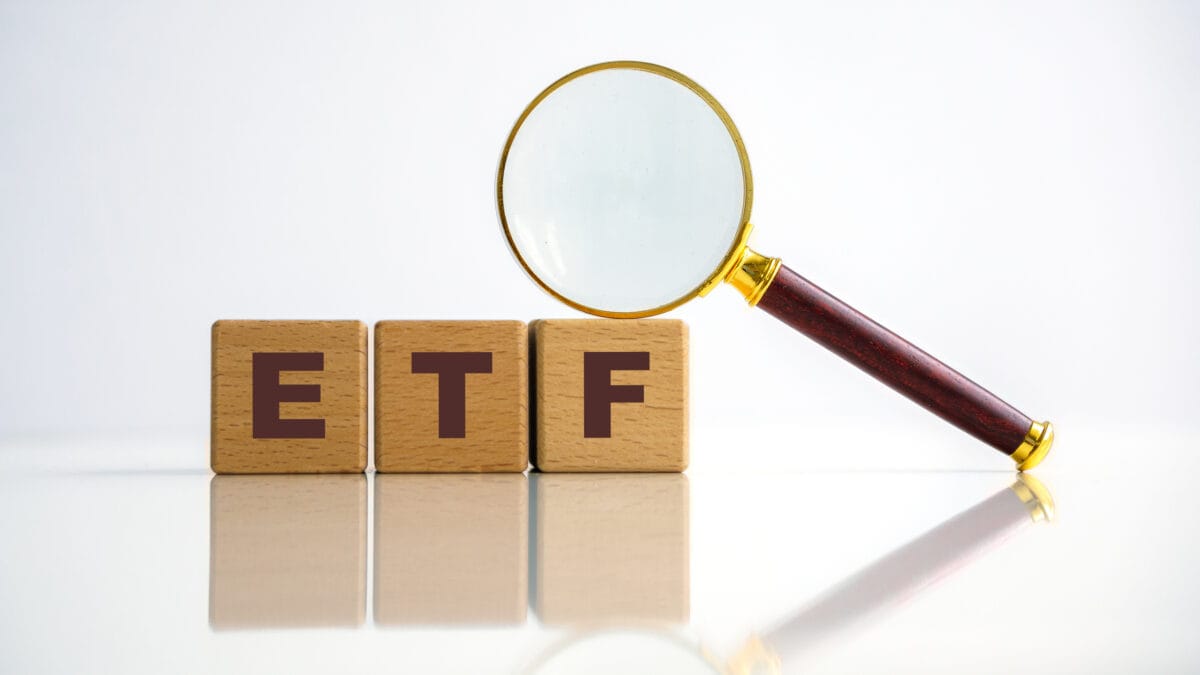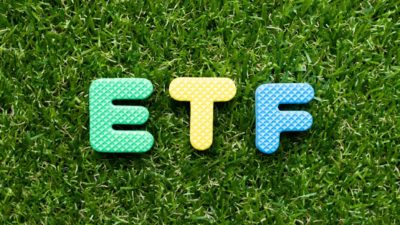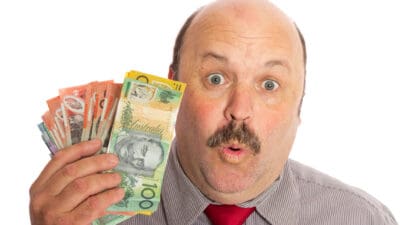ASX exchange-traded funds (ETFs) are an increasingly popular option, especially for younger investors who do not have the time or motivation to select individual stocks for investment.
ASX ETFs are particularly useful for easy international investing.
Over the past two years, Aussies have poured millions into ASX ETFs holding US shares to take advantage of the vastly outperforming American market, led by the Magnificent Seven.
However, experts at online trading platform SelfWealth Ltd (ASX: SWF) say some misconceptions about ASX ETFs remain in the marketplace today.
So, let's bust those myths right now.
5 myths about ASX ETFs
According to SelfWealth, these are the five persistent myths about ASX ETFs today.
Myth 1: ETFs deliver the same performance as their underlying indices
Passively managed ETFs seek to mirror the returns of an underlying indices, or index.
The ETF manager does everything possible to replicate the index's returns, but there are inevitably "tracking differences".
For one thing, you've got to pay the ASX ETF manager a fee for their services. So, that reduces the total return compared to the index.
Selfwealth says other differences may be caused by the replication method used to track the index and the timing of transactions undertaken to keep the ASX ETF in line with the index.
Myth 2: ASX ETFs only suit a certain type of investor
Simply not true. ETFs are suitable for all types of investors and investment goals.
Myth 3: You should choose the ASX ETF with the lowest cost
The adage that 'you get what you pay for' is true.
You'll pay a very low fee for ETFs tracking market capitalisation-weighted indices.
This is because they are easier for managers to run. They simply adjust the ETF's holdings to copy stock weightings based on market caps. No stock analysis or assessment is required.
For example, the most popular ETF on the market, the Vanguard Australian Shares Index ETF (ASX: VAS), simply tracks the market-cap-weighted S&P/ASX 300 Index (ASX: XKO).
The VAS ETF charges an annual management expense ratio (MER) of 0.07%.
Since its inception in 2009, this ETF has delivered a total average annual return of 9.41%.
You'll pay more for an actively managed ASX ETF where the manager is required to regularly re-assess the ETF's holdings based on more complex investment metrics.
The Airlie Australian Share Fund (ASX: AASF) aims to provide long-term capital growth and regular income by investing in a concentrated portfolio of 15 to 35 ASX shares.
So, the Airlie investment team has to research and continually re-assess stocks to keep the ETF in good shape. The AASF ETF charges an MER of 0.78% per annum.
Since its inception in 2018, this ETF has delivered a total average annual return of 10.89%.
Myth 4: ETFs with the highest returns are best
This same rule applies to individual shares: Past performance is not an indicator of future performance.
Selfwealth experts say reviewing an ASX ETF's history may be helpful in your research.
However, the history should be considered alongside other criteria like financial goals and risk tolerance.
Myth 5: ETFs can only provide broad exposure
ETFs are certainly known for broad exposure because, by nature, they involve a basket of stocks and, therefore, guarantee some degree of diversification in a single trade.
Selfwealth analysts remind investors that there are also a significant number of ETFs with a narrow focus designed to achieve a specific investment objective.
They say:
For example, investors can invest in ETFs that choose to focus on exposure to specific sectors, industries, themes, assets and even geographic regions.
ETFs may even follow rules that influence holdings selection and weight.
In this respect, some ETFs don't offer the same level of diversification that a broad market-tracking fund might, but they will still offer some level of diversification by virtue of the number of holdings in the fund.









